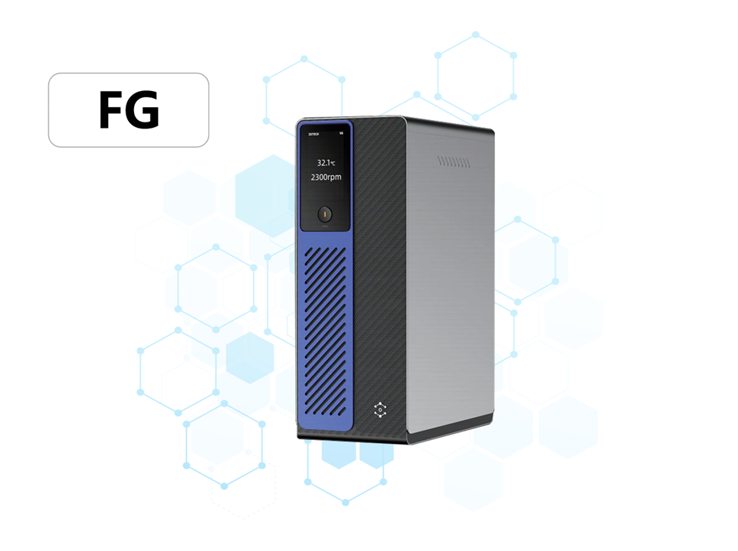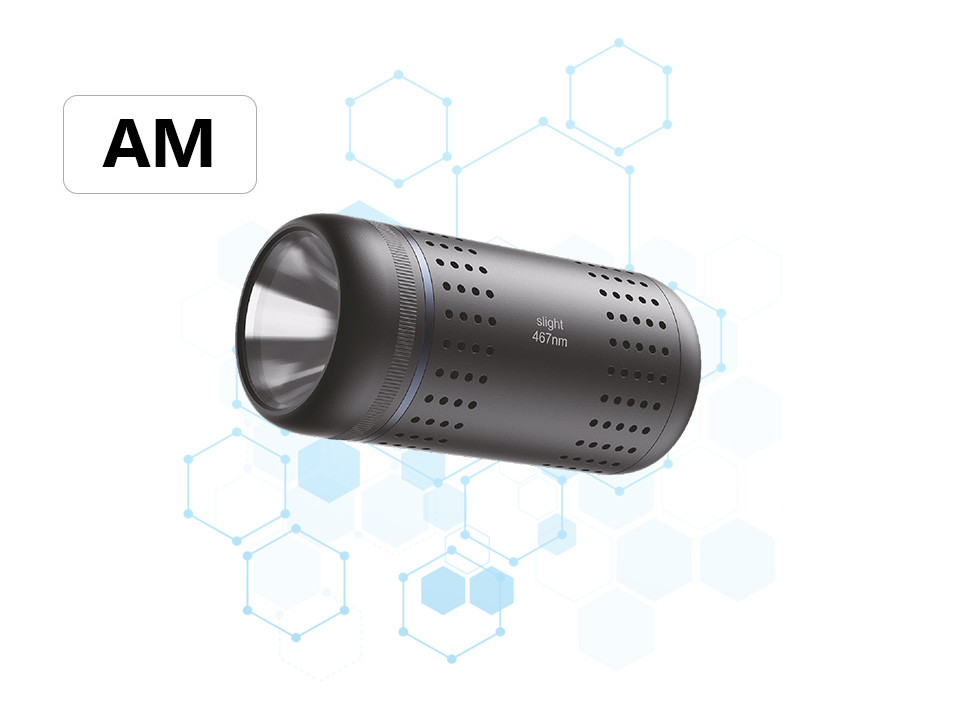The working principle of microchannel reactor

The working principle of the Microchannel Reactor is based on microfluidic technology, which achieves efficient mixing and rapid heat transfer through precisely engineered microchannel structures, thereby enhancing chemical reaction processes.
At its core, the design features minuscule channels (typically 10–1000 micrometers in diameter), which significantly increase the surface area-to-volume ratio. This enables rapid molecular diffusion-based mixing of reactants under laminar flow conditions, with mixing times proportional to the square of the channel dimension, achieving millisecond-scale mixing. Simultaneously, the high specific surface area (up to 10,000–50,000 m²/m³) dramatically enhances heat transfer coefficients (reaching 25,000 W/(m²·K)), allowing instantaneous removal or supply of reaction heat to prevent localized overheating and side reactions.
Furthermore, the reactor ensures precise control over fluid velocity, temperature, and pressure, enabling accurate modulation of reaction time. Its narrow residence time distribution and negligible backmixing guarantee highly uniform reaction conditions. The continuous-flow operation mode and modular design further improve reproducibility and safety while reducing energy consumption and material usage, aligning with the principles of green chemistry.





